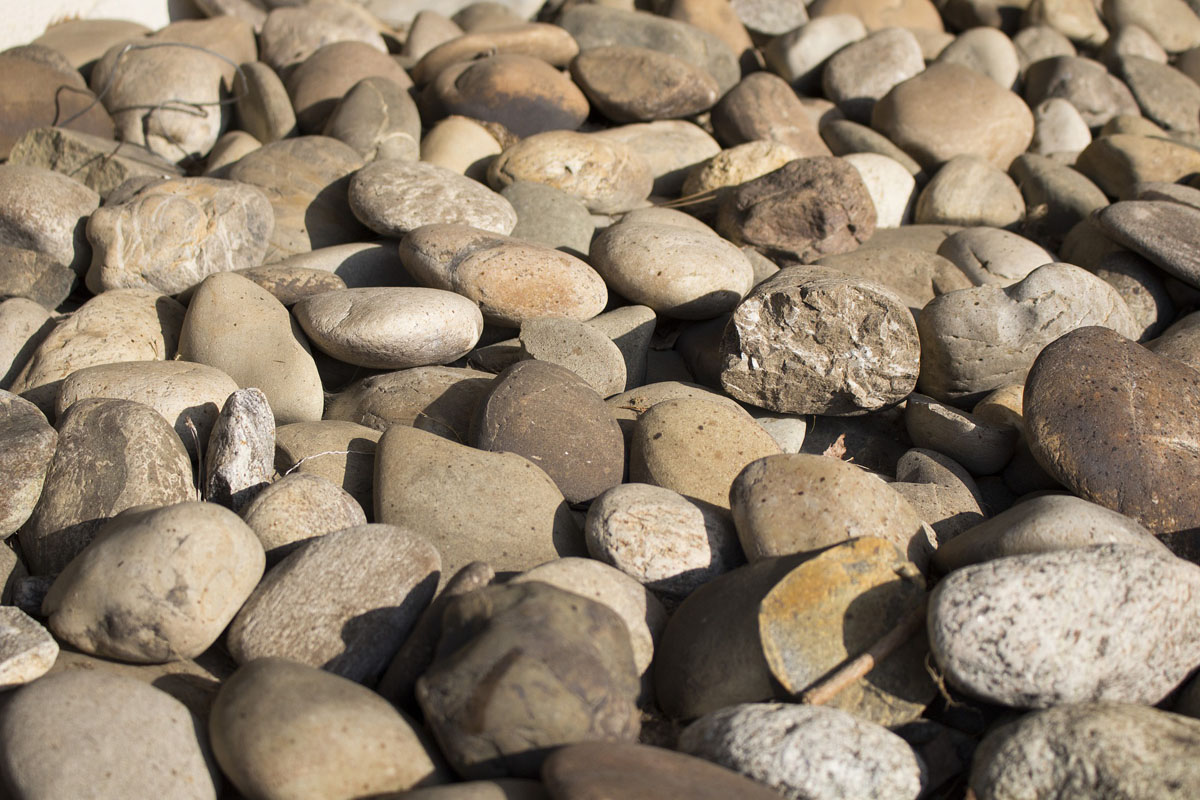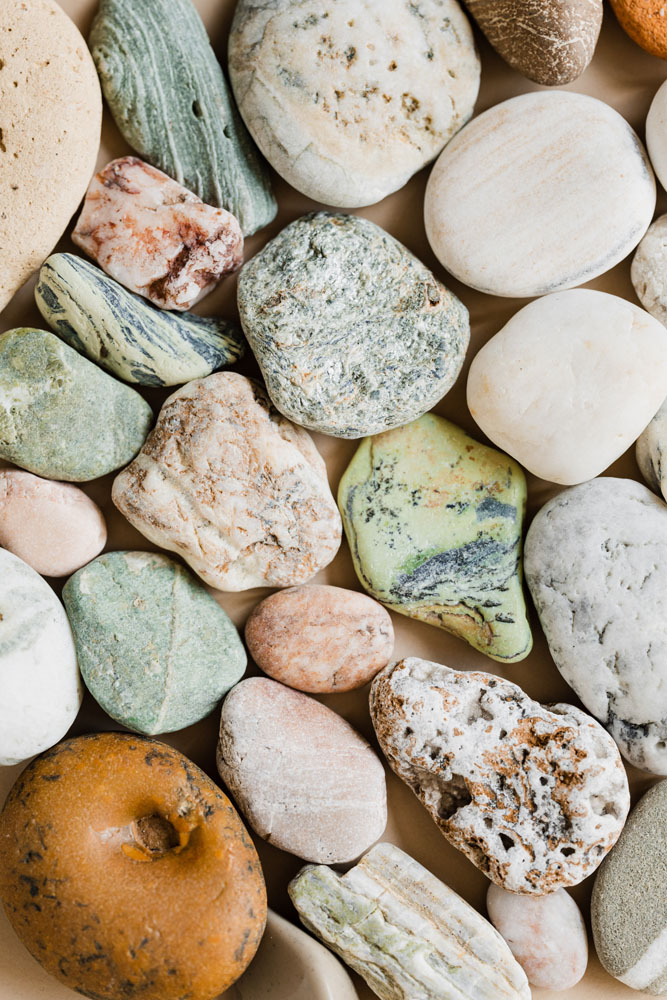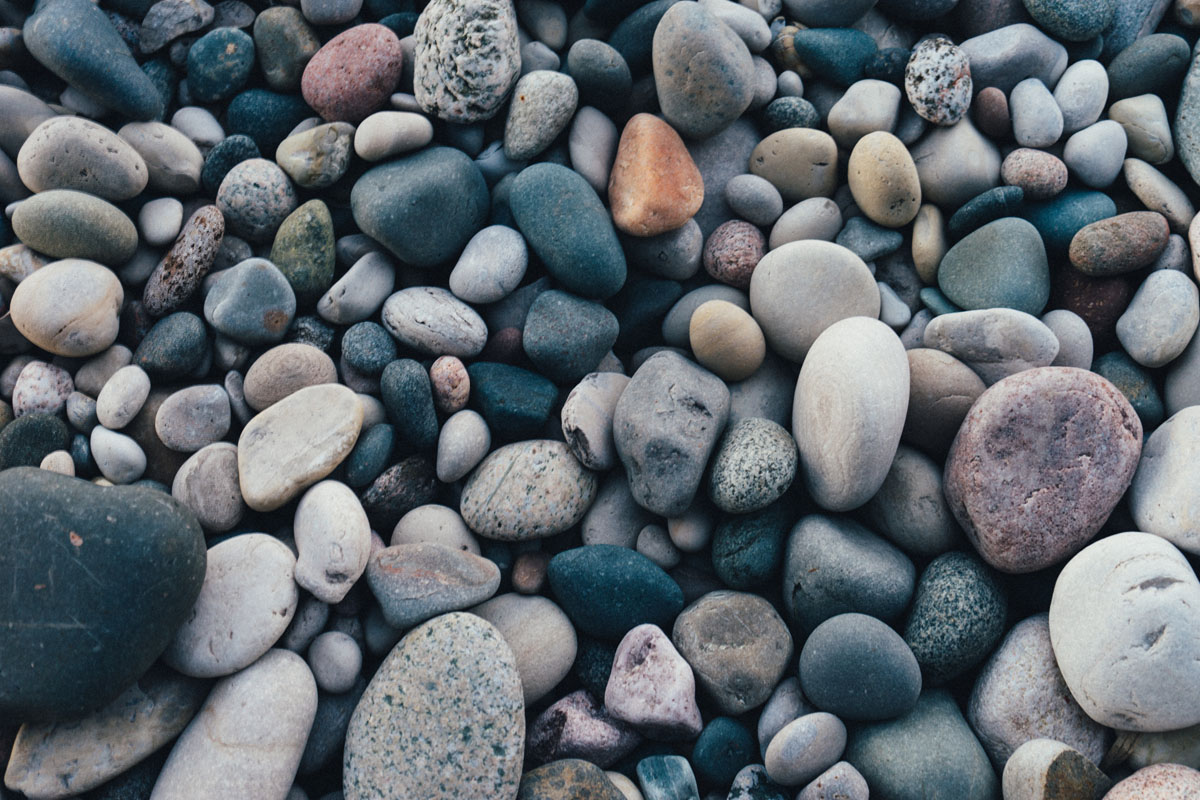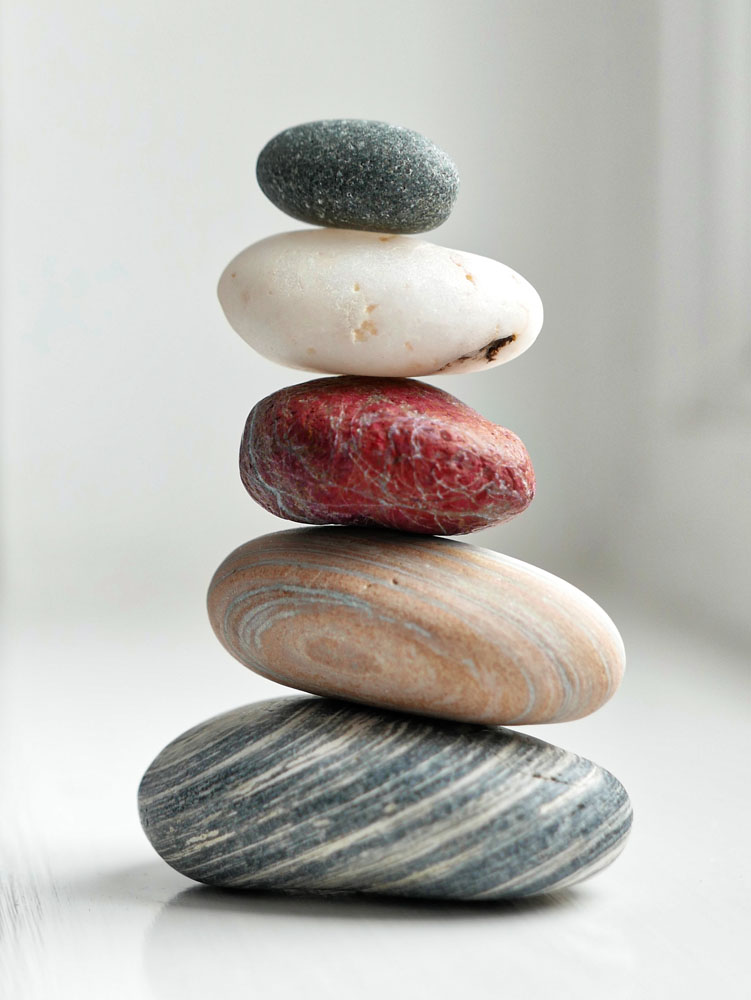Short description of the topic
The stone is a solid, inanimate substance of which the earth's crust is composed of. Children often find and observe stones in their home yard, in the Kindergarten playground, on walk or while playing in the woods. They like to reach for stones when playing outdoors, as they offer them many opportunities for symbolic / imaginative play.
Learning outcomes
-
Competencies
- basic photographic skills, using a camera or a mobile phone
- Visual competence: observation of details
- Linguistic competences: language and speech competences
- Mathematical competence: mathematical skills: colours, shapes, size seriation, counting
-
Target group
4 years and up- Individual work
Work in pairs
In groups
- Individual work
-
Required materials
- Camera/phone/tablet
- Computer
- Printer
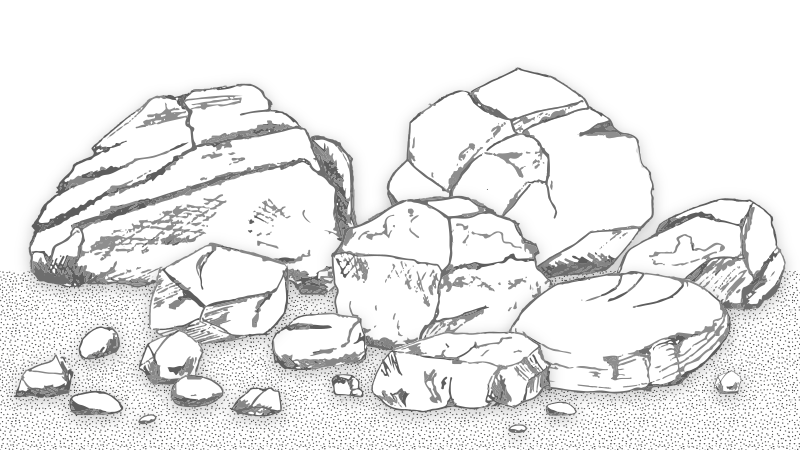
Download
(.pdf 636.35 KB)
Description of the activity (step by step)
Preparation:
The teacher talks to the children about inanimate nature. Children give their thoughts and ideas about the objects / substances that do not breathe, do not grow, do not reproduce. The teacher explains that stones are also part of the inanimate nature that surrounds us.
Implementation:
The teacher directs and encourages children to look for and photograph the stones on the playground. Children look for stones, place it in different lines, photograph them etc.
Reflection:
The teacher prints the photos that children took. They talk about the stones that they found. They sort photos according to the similarities of the stones in the photos (e.g., similar shapes, colours) and differences.
Variations and additional ideas
Children could: make sculptures / statues from rocks and take pictures of their finished product.
Background information and didactical perspective
The children were fascinated by the large stones, which they liked to lift and carry. They noticed the details on individual stones (e.g., shimmer, colours) and they associated them with the imaginary world (e.g., treasure, magic dust).


